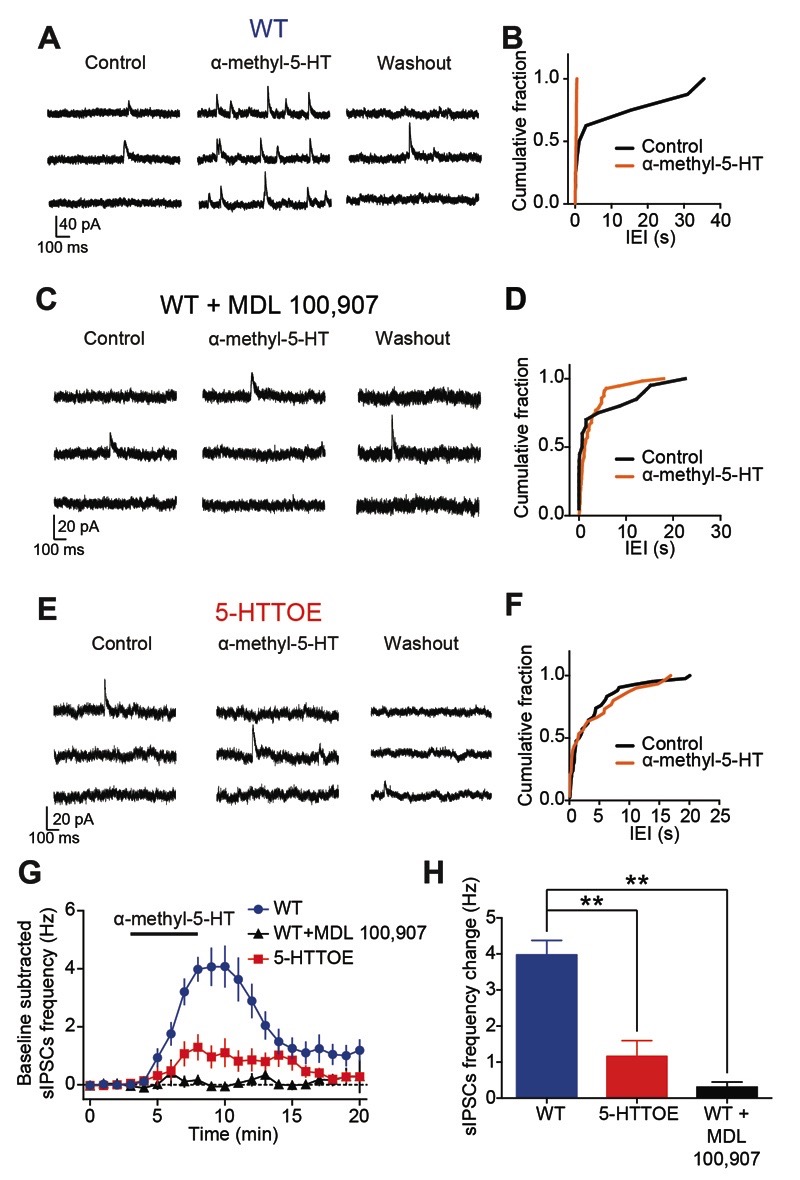Figure 4. 5-HT2A-mediated inhibition of PNs is impaired in 5-HTTOE mice.
A) Representative voltage clamp (-50 mV) trace from a WT PNs during control, α-methyl-5-HT (30 μM) application and washout. B) Cumulative probability distributions of the inter-event intervals (IEI) for the sIPSCs of the neuron in D during control and in presence of α-methyl-5-HT, a 5-HT2 agonist. α-methyl-5-HT significantly increases the sIPSCs frequency (p<0.0001, Kolmogorov-Smirnov test). C) Representative voltage clamp (-50 mV) trace from a WT PNs in presence of the 5-HT2A antagonist MDL 100,907 (150 nM) during control, α-methyl-5-HT application and washout. D) Cumulative probability distributions of the inter-event intervals (IEI) for the sIPSCs of the neuron in D during control and in presence of α-methyl-5-HT. This drug does not significantly increase the sIPSCs frequency (p>0.05, Kolmogorov-Smirnov test). E) Representative voltage clamp (-50 mV) trace from 5-HTTOE PNs during control, α-methyl-5-HT application and washout. F) Cumulative probability distributions of the inter-event intervals (IEI) for the sIPSCs of the neuron in F during control and in presence of α-methyl-5-HT. This drug does not significantly increase sIPSCs frequency (p>0.05, Kolmogorov-Smirnov test). G) Time course of the effect of α-methyl-5-HT on sIPSCs frequency in WT (with and without 5-HT2A antagonist MDL 100,907) and 5-HTTOE PNs. H) α-methyl-5-HT evokes a significantly higher sIPSCs frequency in WT (n=13 from 4 animals) compared to 5-HTTOE (n=13 from 3 animals) PNs. MDL 100,907 blocks the effect of α-methyl-5-HT (n=5 from 2 animals). ** p<0.01.

